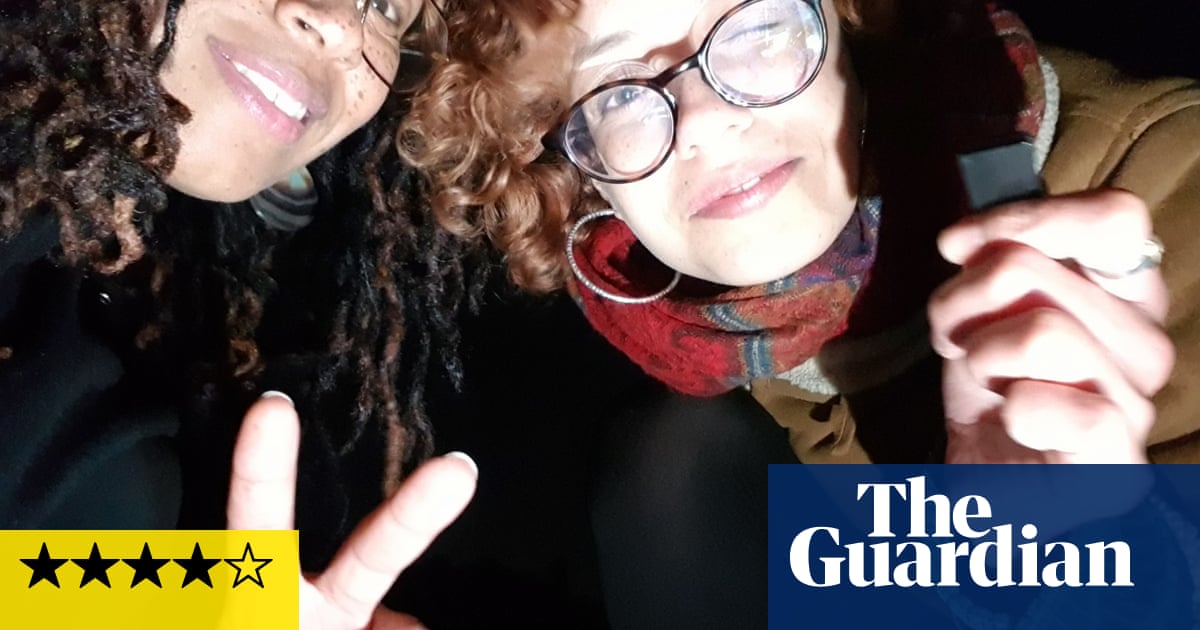It took 25 hours, 14 calls and a final assurance that the family would pay for any damage before the Metropolitan police agreed to force entry to Bibaa Henry’s flat, where her family hoped she was safe, somehow, with her sister Nicole Smallman. The last communication friends or relatives had had with either of them was at about 1am on Saturday 6 June 2020, as they had a last dance in the park where they had gone to celebrate Bibaa’s birthday. By 2.30am, a trickle of concerned messages had begun, which would become a flood. Bibaa & Nicole: Murder in the Park follows, in three dense and unsensationalist episodes, the harrowing story of the women’s murders, which only becomes even more harrowing after their deaths.
The police found that Bibaa’s flat had not been slept in. “You might assume,” says the women’s mother, Mina, “that the next thing the police would do would be to search the park.” But they didn’t. Nicole’s partner, Adam, and his parents, Jill and Dave, did. Adam found the sisters’ bodies in the bushes their killer had dragged them into after stabbing them each multiple times. His parents didn’t recognise the sound of him screaming at first. “Then – the floor drops away.” Dave called Mina. “We found them,” he said. “They’re gone.” That was 36 hours after they went missing. The police turned up once he called them with news of their terrible discovery.
You might assume that as a story of tragedy this already has material enough. But Bibaa and Nicole’s tale is not famous for the delay in finding the bodies, which led to them lying out on a night of torrential rain that doubtless washed away much forensic evidence as well as aggravating the suffering of the family, and especially of Adam. It is famous for the fact that two of theofficers sent to guard the sisters’ bodiesovernight (they were discovered as the light was fading) took pictures of them and circulated them on WhatsApp, accompanied by foul and vicious language about them and about women generally.
It remains scarcely believable. It remains scarcely comprehensible, unless perhaps you sit with the messages and “banter” that surrounded the sharing of the pictures – much of it between serving officers – and come to understand the depths of racial hatred and misogyny they plumbed. “Anything I had that was holding me together,” says Mina of the moment she found out what officers Deniz Jaffer and Jamie Lewis had done, “just fell away.”
The detectives investigating the murders were “the best of the Met”, Mina says. “Nothing about that team made me think they didn’t have our backs.” The detectives were “mortified” by their colleagues’ actions and fighting the odds stacked against them by other colleagues’ unconscionable delay in issuing a missing persons report. Led by DI Maria Green – who speaks unusually and refreshingly naturally and passionately for someone in her position – they worked every possible line of inquiry and eventually caught the killer, Danyal Hussein. He was a man who, despite his own non-white heritage, had become enamoured with various far-right groups online and especially with one self-styled occultist who introduced him to the idea of “demonic pacts”. When police raided Hussein’s mother’s house, they found a “contract” he had drawn up, signed in his own blood, in which he pledged to sacrifice six women over six months to secure a lottery win. Investigators surmise that he had not killed again by the time they found him because Nicole, whose wounds suggest she fought back fiercely against him, had injured his hand so badly with his knife.
Jaffer and Lewis’s actions muddied the waters, butHussein was convictedand given two concurrent 35-year jail sentences. He had just turned 18 at the time of the attack and was too young to qualify for a life sentence, so will be eligible for parole in 2055. Once the family had endured that trial, they had to sit through the trial of the uniformed offices, who were eachjailed for two years and nine months. Of course that’s not enough. Nothing could ever be enough. But it was about as good a result as they could have hoped for.
Mina, a former archdeacon, has turned her energies to campaigning for women’s safety and for police reform – given that it seems you cannot have one without the other. She and her husband, Chris, (Nicole’s father and Bibaa’s stepfather) and her surviving daughter Monique radiate grief, courage and compassion. Mina, particularly, remains steadfast in her message that there can be no forgiveness without genuine remorse and no progress for society, no succour for the bereaved, without justice. God help them.
Bibaa & Nicole: Murder in the Park aired on Sky Documentaries and is on Now.
